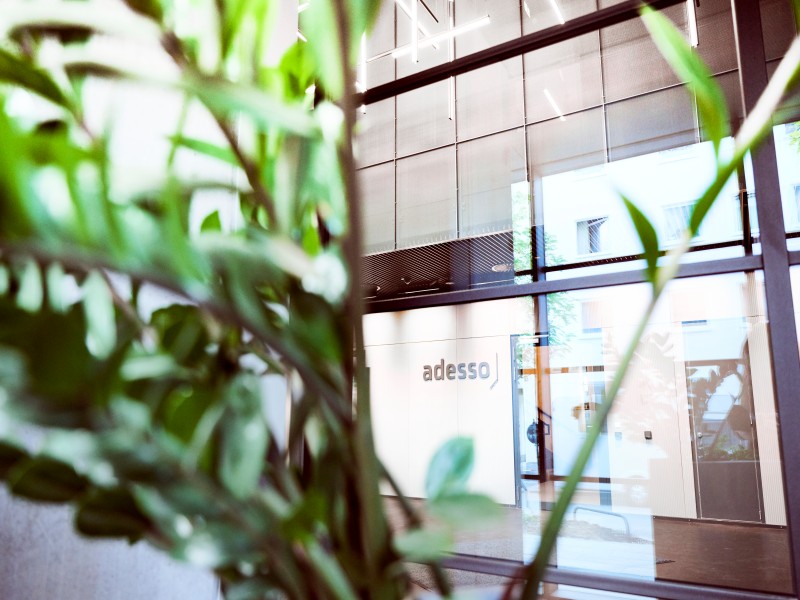23. May 2023 By Maximilian Hammes, Stephen Lorenzen and Jonas Schnorrenberg
Gas prices – a new ‘low’ has been reached
Gas prices in Europe have recently reached a surprising low. This development stands in contrast to the high prices seen in summer 2022, when Russia curtailed its gas exports to Europe and drove up energy bills. Although prices are currently low, a warning has been issued against being too optimistic, as Europe could be facing more challenges. In this blog post, we will explain which factors are behind the drop in prices and how this development should be classified.
What is the current price of gas?
The European TTF (Title Transfer Facility) benchmark recently reached a low of €35.20 per megawatt hour (MWh). This reflects a level last seen in July 2021, when Russia began to strain European energy supplies in the run-up to its invasion of Ukraine. The TTF reference price peaked at over €340/Mwh in summer 2022 after Russia restricted its gas exports to Europe, fuelling inflation and driving up energy bills.
What drives the price of gas?
The decrease to €35/MWh is due to the following main drivers
- Alternative gas sources: Europe has tapped into alternative sources of gas that make it less dependent on Russian supplies. In the past year, liquefied gas deliveries by sea in particular were secured in order to replace Russian supplies.
- Overfilled gas storage facilities: Europe has benefited from a mild winter that has overfilled gas storage facilities for the season. It is now possible to completely fill the gas storage facilities even if Russian supplies should drop to zero.
- Renewable energy sources: The significant changes in the energy sector are also due to the increase in renewable energy sources, especially wind and solar energy. In addition, European governments have significantly intensified the expansion of renewable energies.
- Efficiency measures and behavioural changes: The property industry, which includes households as well as public and commercial facilities, records a 20 per cent decrease in natural gas consumption compared to that of 2021, which is due to a lower heating demand. The reasons for this are the milder weather, various energy efficiency measures at the municipal level and the amount of acceptance and support in large parts of society.
The fall in energy costs helped to dampen the prospects of inflation, allowing central banks to slow their interest rate hikes. The European Central Bank (ECB) recently raised interest rates by a quarter of a percentage point. Be that as it may,
by historical standards, gas prices are still very high. In 2019, the average TTF price was below €15. The pre-crisis peak in 2018 was €29.17, which, even when adjusted for inflation, is still slightly below the current price level.
Gas traders and analysts warned against complacency, as Europe could also be facing challenges in the coming winter. The mild winter in combination with a decline in LNG demand in China was a particularly fortunate circumstance. Foresight, however, was lacking.
In its latest quarterly gas market report, the International Energy Agency (IEA) pointed out that the balance between supply and demand is subject to an unusually high number of uncertainties this year. These range from the weather to the availability of liquefied gas, all the way to the possibility of a further decline in Russian gas supplies to Europe. The remaining Russian supplies delivered via pipelines in Ukraine and Turkey now account for less than 10 per cent of European gas imports compared to the pre-invasion figure of about 40 per cent, but traders believe their loss could still trigger another hike in price.
Conclusion
The current low gas prices in Europe are the result of several factors, including alternative gas sources, overfilled gas storage facilities, the contribution of renewable energies and various efficiency measures.
These developments have contributed to a significant degree of relief on the European gas market. Nevertheless, there is a strong warning against being overly optimistic. Current prices are still high by historical standards, and long-term considerations and uncertainties about weather conditions and Russian gas supplies continue to play an important role. Gas traders and analysts warn that Europe could face new challenges in the coming winter. It therefore remains to be seen how sustainable the current low gas prices are. A long-term strategy and a comprehensive overview of market developments are crucial to accurately assess the impact on the European gas market.
More exciting topics from the world of adesso can be found in our previously published blog posts.



